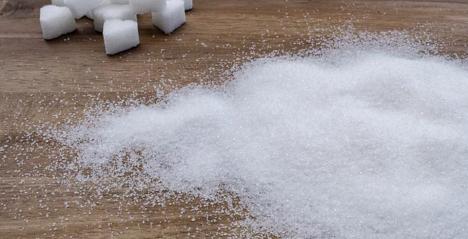Prediabetes is a “pre-diagnosis” of diabetes—you can think of it as a warning sign. It’s when your blood glucose level (blood sugar level) is higher than normal, but it’s not high enough to be considered diabetes.Prediabetes is an indication that you could develop type 2 diabetes if you don’t make some lifestyle changes.
Get Active
The landmark Diabetes Prevention Program study, which followed 3,234 people with prediabetes for three years, revealed that everyday changes—smarter eating and more physical activity—helped participants lose a little weight. Trimming just 5-7% of their body weight reduced the odds of developing full-blown diabetes by a whopping 58%. This helps trim abdominal fat—the deep belly fat that settles in your torso, wraps itself around your internal organs, and even invades your liver. It messes with your liver’s ability to regulate blood sugar by pumping out inflammation-boosting compounds that make your body stop obeying insulin.
Low-carbohydrate diet
Many studies suggest that a low-carbohydrate diet improves blood glucose control, insulin resistance, and weight. Many people consider a carbohydrate intake of 21-70 grams per day to be low-carbohydrate diet, but no standard definition exists. According to the article, lower levels of carbohydrates may help those with type 2 diabetes, and while it doesn’t address prediabetes specifically, it may be fair to assume the same would be true for those with prediabetes. Low-carbohydrate diets may not be recommended for people with high cholesterol or heart disease. Talk to your doctor before making major changes to your diet.
Portion control
Good portion control can keep your diet on the low GI. This means you limit the amount of food you eat. Often, portions are much larger than intended serving sizes. A bagel serving size is usually about one-half, yet many people eat the whole bagel.
Food labels can help you determine how much you’re eating. The label will list calories, fat, carbohydrates, and other nutrition information for a particular serving. If you eat more than the serving listed, it’s important to understand how that will impact the nutritional value. A food may have 20 grams of carbohydrate and 150 calories per serving. But if you have two servings, you’ve consumed 40 grams of carbohydrate and 300 calories.
Drink alcohol in moderation
Moderation is a healthy rule to live by in most instances. Drinking alcohol is no exception. Many alcoholic beverages are dehydrating. Some cocktails may contain high sugar levels that can spike your blood sugar. According to the American Diabetes Association, women should only have one drink per day while men should limit themselves to no more two drinks per day. Drink servings relate back to portion control.
Hydrate with water
Water is an important part of any healthy diet. Drink enough water each day to keep you from becoming dehydrated. If you have prediabetes water is a healthier alternative than sugary sodas, juices, and energy drinks. The amount of water you should drink every day depends on your body size, activity level, and the climate you live in. You can determine if you’re drinking enough water by monitoring the volume of urine when you go. Also make note of the color. Your urine should be pale yellow.
Source
Medical Insurance For Expats In Singapore GET A QUOTE










